Traducción generada automáticamente
Mostrar original
Mostrar traducción
This is a wonderful English antique William IV sterling silver tray, or salver, by the world famous silversmith Paul Storr. It has clear hallmarks for London 1837 the maker's mark of Paul Storr and is also engraved Storr & Mortimer 36, they were Goldsmiths and Jewellers to Her Majesty’ (1822-1839). It is typical of his work with the octafoil shape and the exquisitely detailed foliate and acorn rim. It is raised on four delightful foliate and shell scroll feet. The centre is engraved with a shield shaped coat of arms encompassing the lion rampant which I have had researched: The Arms of the Family of King The arms as engraved upon this William IV English Sterling Silver Footed Salver by Paul Storr hallmarked London 1837 are those of the family of King. They may be blazoned as follows: Arms: Sable a lion rampant between three crosses formy fitchy argent Undoubtedly this salver was in the possession of a gentleman who was member of a family bearing the name of King. There are a number of variants of these armorial bearings being borne by King families. Very often the lion is of a different tincture but the field of the shield is invariably remains ‘sable’. Similar arms and crest were recorded by Sir Edward Bysshe, Clarenceux King of Arms in his Visitation of the County of Kent of 1663 to the family of King, of Bromley. The tinctures of both arms and crest of King, of Bromley were slightly different to those engraved upon this tureen in that the Visitation family’s arms were ‘Sable a lion rampant ermine between three crosses paty fitchy or’ 1 and the crest ‘A lion’s gamb erect and erased sable holding a cross paty fitchy or’(see illustration below). These arms and crest were granted by Sir Edward Walker, Garter King of Arms on the 20th February 1660 – 61; and yet another Kentish family of King, of Bellevue who were created Baronets within the Baronetage of Great Britain in 1792 bore for their arms ‘Sable a lion rampant erminois between three crosses paty fitchy or’. Their crest being the same as the family of King, of Bromley. There is no mistaking its unique quality and design, which is sure to make it a treasured piece by any discerning collector. Please see potos of the 2nd Baronet Timothy Shelley, 1753-1844 and Castle Goring, his home. Condition: In excellent condition with clear hallmarks and no dings, dents or signs of repair. Please see photos for confirmation. Dimensions in cm: height 4 x width 44 x depth 44 Weight 1.96 kg Dimensions in inches: height 2 inches x width 1 foot, 5 inches x depth 1 foot, 5 inches Weight 63 troy oz Paul Storr born in London England in 1771, was to become one of the most talented silversmiths of the nineteenth century. Today his legacy of exceptionally well crafted silver, found worldwide in museums and private collections, leaves one in awe when compared to that of his contemporaries.After having served a seven year apprenticeship from the age of 14, he began his career in 1792 when he went into a brief partnership with William Frisbee. This did not last and in 1793 a new mark, (his initials ‘P S’) was entered. By the beginning of the nineteenth century he had established himself as one of London’s top silversmiths producing, amongst others, commissions for Royalty. In 1801 he married Elizabeth Susanna Beyer with whom he was to have ten children. In 1807 Paul Storr entered into a working relationship with Philip Rundell and by 1811 was a partner, and managing the workshops for Rundell, Bridge & Rundell. During this period he kept his own marks and separate workshop. However it was through Rundell, Bridge & Rundell who were appointed Goldsmith in Ordinary to George III in 1804 that his reputation as a master silversmith grew. His talents lay in being able to transform ideas and designs from Rundell, Bridge & Rundell’s designers, William Theed II, the chief modeller and head of the design department, and later John Flaxman II who succeeded him in 1817. During this period Rundell, Bridge & Rundell’s reputation grew due to the patronage of the Prince Regent (later George IV).
Esta es una maravillosa bandeja de plata esterlina antigua de Guillermo IV, o salver, por el mundialmente famoso platero Paul Storr. Tiene claros sellos de Londres 1837, la marca del fabricante Paul Storr y también está grabado Storr & Mortimer 36, que eran orfebres y joyeros de Su Majestad' (1822-1839). Es típico de su trabajo, con la forma de octavilla y el borde foliado y de bellota exquisitamente detallado. Se eleva sobre cuatro hermosas patas con volutas de hojas y conchas. En el centro está grabado un escudo de armas en forma de escudo que incluye el león rampante que he hecho investigar: Las armas de la familia del Rey Las armas grabadas en esta bandeja de plata de ley inglesa de Guillermo IV por Paul Storr con matrícula de Londres de 1837 son las de la familia del Rey. Pueden blasonarse como sigue: Armas: Sable, un león rampante entre tres cruces formy fitchy argent Sin duda, esta bandeja estaba en posesión de un caballero que era miembro de una familia con el nombre de King. Existen numerosas variantes de estos escudos de armas que llevan las familias King. Muy a menudo el león es de un tinte diferente, pero el campo del escudo sigue siendo invariablemente "sable". Sir Edward Bysshe, Clarenceux King of Arms, registró unas armas y un escudo similares en su visita al condado de Kent de 1663 a la familia King, de Bromley. Las tintas de las armas y el escudo de King, de Bromley, eran ligeramente diferentes de las grabadas en esta sopera, ya que las armas de la familia de la Visitación eran "Sable, un león rampante, armiño, entre tres cruces paty fitchy or" 1 y el escudo "Una gambita de león erguida y borrada, de sable, sosteniendo una cruz paty fitchy or" (véase la ilustración siguiente). Estas armas y el escudo fueron concedidos por Sir Edward Walker, Rey de Armas de la Jarretera, el 20 de febrero de 1660-61; y otra familia de Kentish, los King, de Bellevue, que fueron creados Baroneets en el Baronetage de Gran Bretaña en 1792, llevaron como armas "Un león rampante de sable entre tres cruces paty fitchy o". Su escudo es el mismo que el de la familia King, de Bromley. No cabe duda de que su calidad y diseño son únicos, lo que sin duda la convertirá en una pieza apreciada por cualquier coleccionista exigente. Por favor, vea las fotos del 2º Baronet Timothy Shelley, 1753-1844 y del Castillo Goring, su hogar. Estado: En excelente estado, con claros sellos de identidad y sin abolladuras, abolladuras o signos de reparación. Por favor, vea las fotos para confirmarlo. Dimensiones en cm: altura 4 x anchura 44 x profundidad 44 Peso 1,96 kg Dimensiones en pulgadas: altura 2 pulgadas x anchura 1 pie, 5 pulgadas x profundidad 1 pie, 5 pulgadas Peso 63 onzas troy Paul Storr, nacido en Londres, Inglaterra, en 1771, se convertiría en uno de los plateros con más talento del siglo XIX. Hoy en día, su legado de plata excepcionalmente bien elaborada, que se encuentra en todo el mundo en museos y colecciones privadas, deja a uno asombrado cuando se compara con el de sus contemporáneos. Ésta no duró y en 1793 se introdujo una nueva marca, (sus iniciales "P S"). A principios del siglo XIX se había establecido como uno de los mejores plateros de Londres, realizando, entre otros, encargos para la realeza. En 1801 se casó con Elizabeth Susanna Beyer, con quien tuvo diez hijos. En 1807 Paul Storr entabló una relación laboral con Philip Rundell y en 1811 ya era socio y dirigía los talleres de Rundell, Bridge & Rundell. Durante este periodo mantuvo sus propias marcas y un taller separado. Sin embargo, fue a través de Rundell, Bridge & Rundell, que fueron nombrados orfebres ordinarios de Jorge III en 1804, cuando creció su reputación como maestro platero. Su talento residía en ser capaz de transformar las ideas y los diseños de los diseñadores de Rundell, Bridge & Rundell, William Theed II, el modelador principal y jefe del departamento de diseño, y más tarde John Flaxman II, que le sucedió en 1817. Durante este periodo la reputación de Rundell, Bridge & Rundell creció gracias al patrocinio del Príncipe Regente (más tarde Jorge IV).

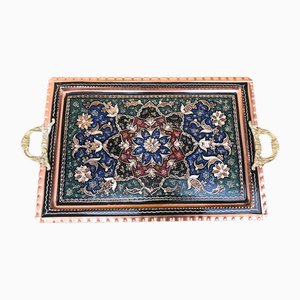

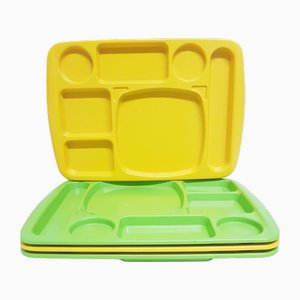
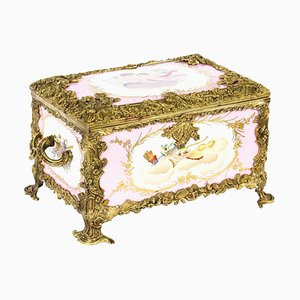
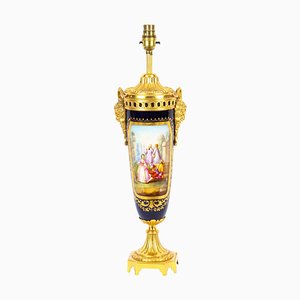
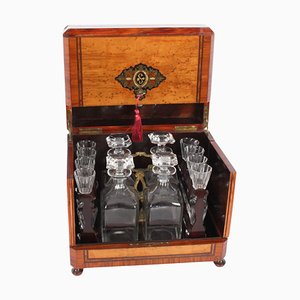
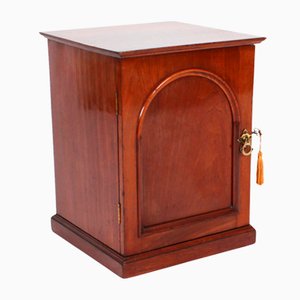


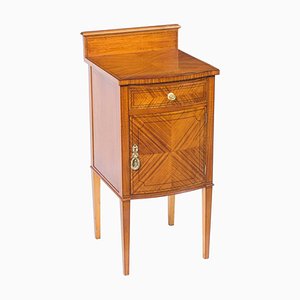
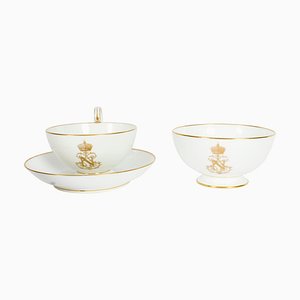
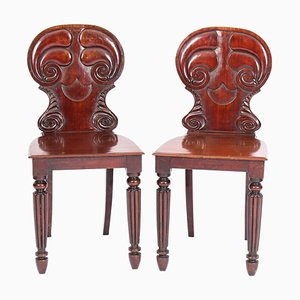

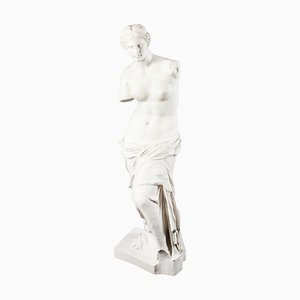


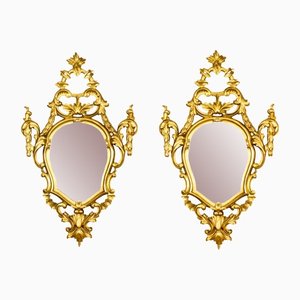
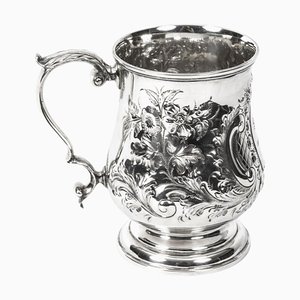

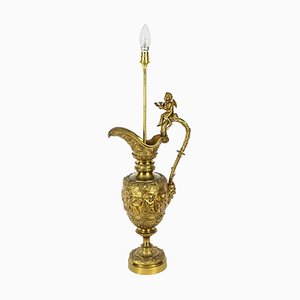

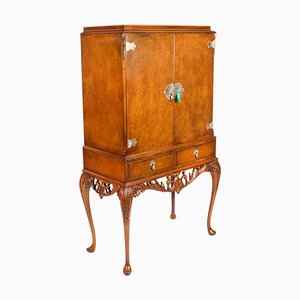

Contacta con nosotros
Haz una oferta
¡Hemos notado que eres nuevo en Pamono!
Por favor, acepta los Términos y condiciones y nuestra Política de privacidad
Contacta con nosotros
Haz una oferta
¡Ya casi está!
Para seguir la conversación en la plataforma, por favor completa el registro. Para proceder con tu oferta en la plataforma, por favor completa el registro.Exitoso
Gracias por tu consulta, alguien de nuestro equipo se pondrá en contacto contigo en breve.
Si eres profesional del diseño, por favor solicita aquí los beneficios del Programa comercial de Pamono